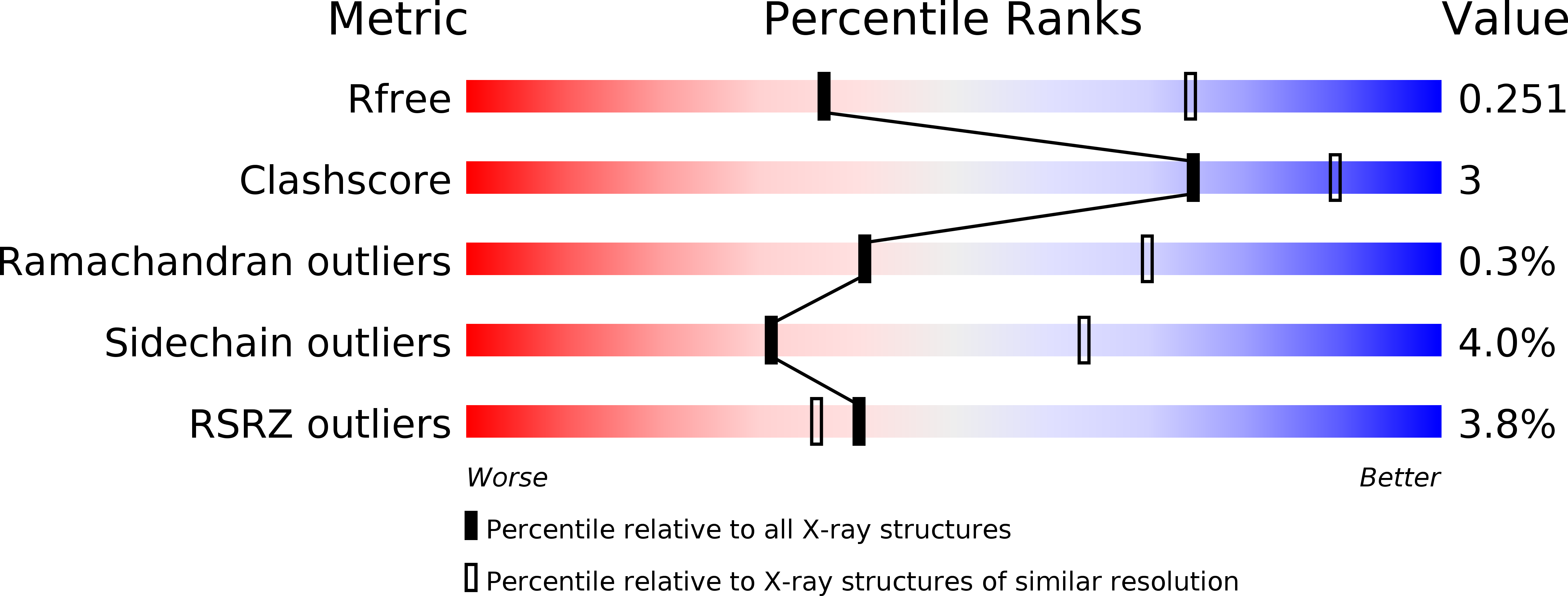
Deposition Date
2013-05-30
Release Date
2013-07-31
Last Version Date
2024-02-28
Entry Detail
PDB ID:
4L04
Keywords:
Title:
Crystal Structure Analysis of human IDH1 mutants in complex with NADP+ and Ca2+/alpha-Ketoglutarate
Biological Source:
Source Organism:
Homo sapiens (Taxon ID: 9606)
Host Organism:
Method Details:
Experimental Method:
Resolution:
2.87 Å
R-Value Free:
0.25
R-Value Work:
0.19
R-Value Observed:
0.20
Space Group:
P 21 21 21


